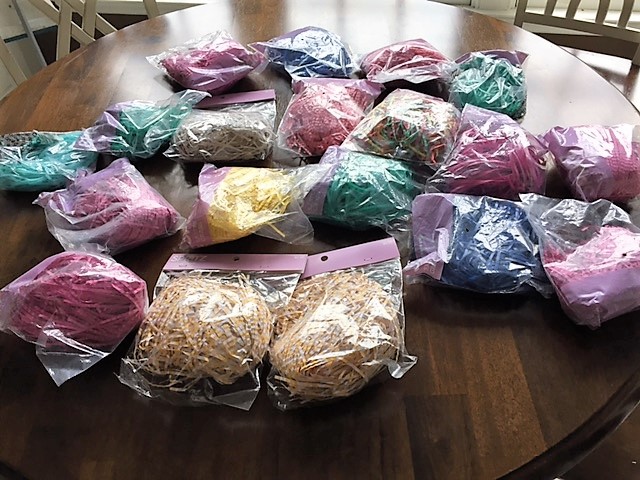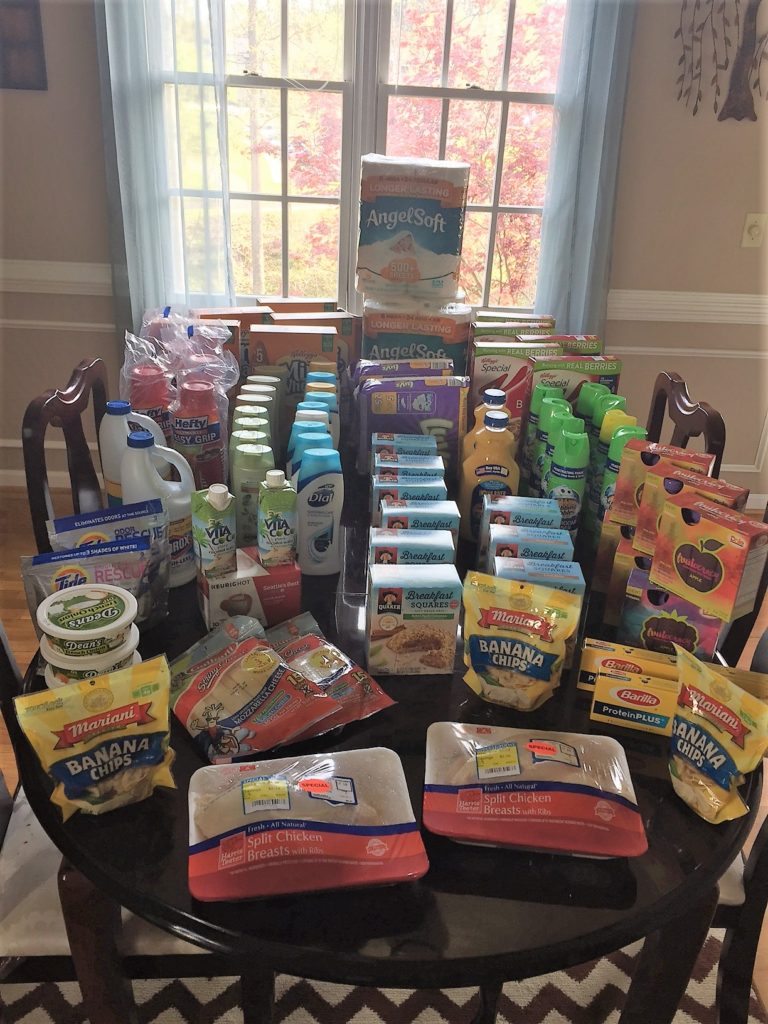Freezing foods is one of the fastest ways to grow your stockpile and lowering your out of pocket grocery costs. I am not talking about frozen pizzas, fries or ice cream (yes, those are great too), but I am focusing on the main foods.
Think of items like:
- Cheese
- Butter
- Vegetables
- Fruits
- and more.
These are items that are bought frequently (if not weekly) and can really add to your grocery budget if not planned accordingly.
One of the key ways that I have been able to reduce my weekly budget is to stock up on essential items like meat & cheeses at low prices and freeze until they are needed. It does require some planning as you will have to wait for the specific food to thaw but it will save you hundreds of dollars in the long run.
Fruit:
The thing to remember about frozen fruit is they are great in smoothies or for baking, but not so great if you are looking for “fresh” fruit by itself. If you do a lot of baking or smoothie making then this is a great option for you.
The key is to freeze them on a baking sheet or pan before transferring over to an airtight bag. This keeps the berries from sticking to each other.
Berries – Berries are great in breads, pies and smoothies.
Bananas – I love to dip bananas in peanut butter or dark chocolate and freeze for an afternoon snack. You do not know what you are missing if you have never tried these before!
Grapes – Grapes are another easy and healthy snack when frozen.
Vegetables:
Almost all vegetables can be frozen. Most vegetables will lose their consistency and crispness once frozen, but frozen vegetables are great when adding to soups & broths, crockpot recipes and casseroles.
Celery
Zucchini & squash
Peppers
Carrots
Corn
Mushrooms
Spinach
Tomatoes
Dairy:
Butter– Butter is one of those items that I typically can get for free. When I run across a sale for butter I stock up because I know I can store in the freezer for later.
Milk– Many people do not know that you can freeze milk. This only applies to regular diary milk and not diary-free options.
Cheese– Hard cheeses (cheddar, swiss, etc…) can be frozen and maintain the same texture once thawed. This applies to block cheese and shredded cheese. I would avoid freezing soft cheese such as cream cheese or cottage cheese since they do not maintain their fluffy texture once frozen.
Condiments & Spices:
Jams & Jellies– Jams and jellies can be stored in the freezer as an alternative to canning.
Herbs– Freezing is a great alternative to drying herbs!
Pasta sauce– Pasta Sauce will normally have a long shelf life, but you can also preserve by freezing. I would suggest that if your sauce is in a glass container that you only freeze in a plastic bag or container.
Baked goods:
Muffins– Have leftover muffins? Store them in a freezer bag and eat later! Often, I will bake a larger batch and freeze to have a quick and easy breakfast later.
Breads– Baked breads & sandwich breads can all be frozen to use later.
Cakes– I am sure you have heard that it is a tradition to freeze your wedding cake to eat on your anniversary? Cake holds its texture and consistency very well in the freezer.
Pies– Have leftover pie from Thanksgiving or another holiday? Freeze it!
Rolls & biscuits– Rolls and biscuits can be frozen and popped in the microwave for easy prep.
Other foods:
Casseroles– Casseroles are great for freezing. You can make casseroles to freeze and use later or freeze any leftover casseroles. These are quick and easy dinners that you can pop in the oven when you need a quick dinner.
Soups/broths– Any time I make soups and broths, I always make a large batch and freeze the remaining to eat later. I love rainy days when I can grab some soup or chili from the freeze and thaw on the stove without having to do any cooking 😉
Nuts– Nuts normally have a long shelf life, but you can freeze nuts to keep them from going rancid.
Beans– Cooked beans are great to freeze and use later as a side or main dish.








